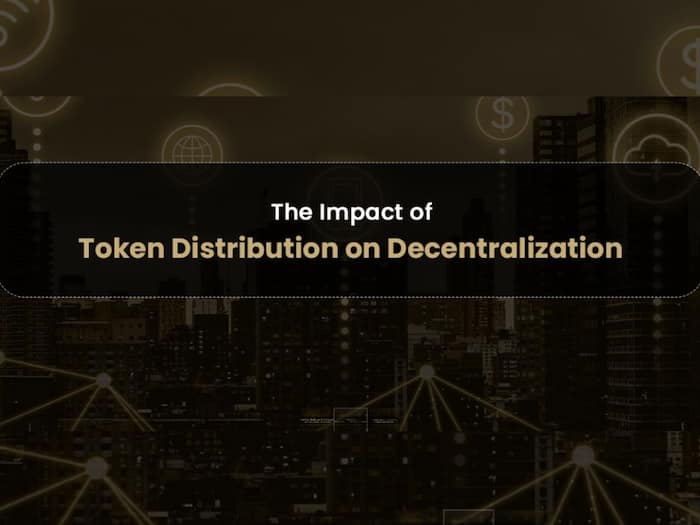
Written By Nishit Raghuwanshi
Edited By: Nishit Raghuwanshi | Published By: Nishit Raghuwanshi | Published: Mar 06, 2025, 06:54 PM (IST)

One of the most overlooked aspects of any blockchain project is how they distribute their tokens. Everyone gets excited about the tech, the roadmap, and the partnerships, but token distribution? That’s where the real power dynamics live. The game of buying pressure, selling pressure, price action is most impacted by the release frequency of the token based on tokenomics.
Think about it like this – if a “decentralized” project gives 40% of all tokens to the founding team and venture capital investors, how decentralized is it really? I’ve watched promising projects become essentially corporate entities because a handful of wallets controlled everything.
Token distribution isn’t just some technical detail – it’s the DNA of who actually controls the network.
· Airdrops – Free tokens for crypto users.
· ICOs – Selling a portion of its cryptocurrency to early investors in exchange for upfront capital.
· Mining – Gradual distribution through computing power.
· Staking rewards – Crypto earned by locking up holdings to validate a blockchain.
You might wonder why this distribution stuff matters so much. Let me explain why I care:
· Security – When tokens are spread across thousands of holders, it’s much harder for bad actors to attack the network.
· Censorship resistance – The whole point of blockchain is avoiding centralized control.
· Long-term stability – Projects with fair distribution tend to have more stable prices over time.
· Real community governance – DAOs only work when voting power is genuinely distributed.
· Allocation percentages – How much goes to the team, investors, community, etc.?
· Vesting schedules – Are insiders locked up long-term or can they dump immediately?
· Concentration metrics – What percentage do the top 10/100 wallets control?
· Distribution mechanisms – How are new tokens released over time?
$GINI’s Approach One project that caught my eye recently is $GINI from the KALP ecosystem. They’ve taken a surprisingly balanced approach:
· Significant community allocation through various participation mechanisms
· Structured vesting periods to prevent early dumps
· Governance rights that actually give token holders meaningful input
· Compliance-focused framework that doesn’t sacrifice decentralization
Their permissioned multi-chain model is interesting – it addresses regulatory concerns while maintaining the core benefits of decentralization. Not an easy balance to strike.
When you’re evaluating a new token, don’t just ask “what does it do?” but also “who controls it?” A project with amazing technology but centralized token distribution is just a traditional company in blockchain clothing.
True decentralization requires thoughtful, fair token distribution. It’s not just an ideological preference – it’s essential for the security, governance, and longevity of any blockchain project.